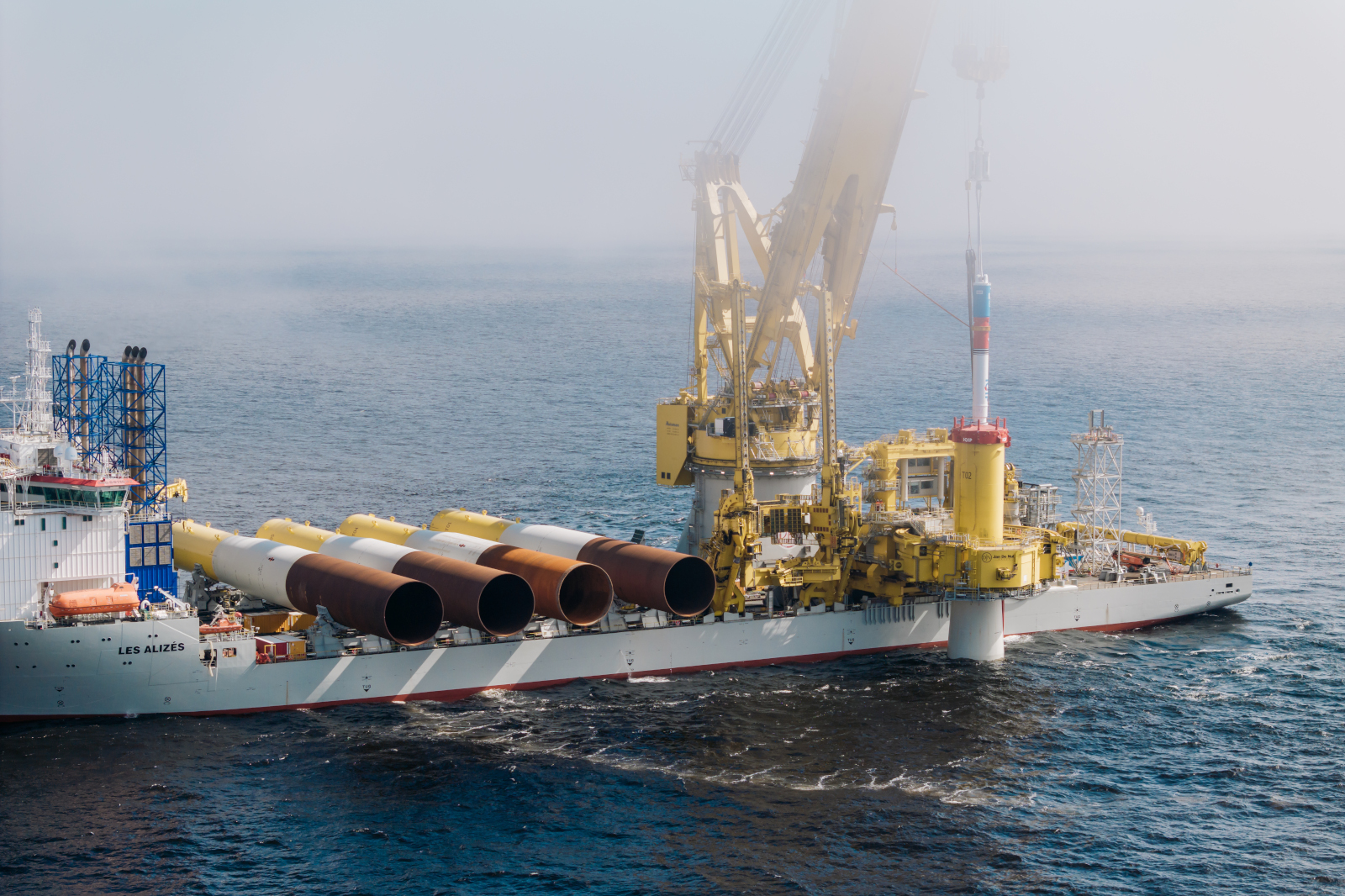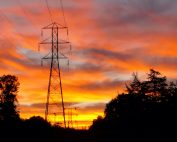According to the Finnish Wind Power Association (FWPA), the domestic wind power industry will see strong growth in installed capacity later this year. The strengthening of energy independence is in line with the EU’s announcement of efforts to reduce fossil fuel imports from the Russian Federation following the invasion of Ukraine.
The REPowerEU plan announced measures to reduce energy dependence on Russia. The EU will invest in renewable energy production and power grids, as well as increase energy efficiency, biogas, and hydrogen production.
More than a month before war started in Ukraine, on 18 January 2022, Minister of Finance Annika Saarikko, Minister of Environment and Climate Change Emma Kari, and Minister of Economic Affairs Mika Lintilä established a working group to develop an overall view on financing the green transition. The purpose of the working group is to develop proposals for financial resources to accelerate the transition in an economically, environmentally, and socially sustainable manner. The working group will prepare a partial report by 31 March 2022, to be published by the end of June 2022.
The Minister of Economic Affairs Mika Lintilä, in his opening speech at Vaasa Energy Week on 21 March 2022, pointed out, among other things, that Russia’s invasion of Ukraine has generated an extraordinary upheaval in the world.“On the energy side, there is an even faster wave of green transformation. Moving away from Russian energy supplies also means that climate and security of supply goals overlap in many ways“.
He pointed out during a parliamentary debate on securing energy supply (22.3.2022) that Finland’s long-term energy policy is to increase the share of energy from RES and to ensure security of supply by increasing domestic production and building electricity transmission links with neighbouring countries. This has been the right policy so far because Finland has a good level of security of energy supply. However, as you can see, the crisis will increase energy prices in the short term. He added that by 2022, in Finland nearly 2,000 MW of market-based wind power capacity are expected to be built, which will further improve the situation.
– Gaining independence on Russian energy and high fossil fuel prices will further accelerate the environmental transition. A low-carbon energy system will require significant investments. The state can stimulate investment, but the private sector has primary responsibility. As part of the climate and energy strategy, the government is preparing further measures to move away from fossil fuels, said Mika Lintilä.
Finland is turning its attention to wind power because of the need to produce zero-emission hydrogen, an energy carrier needed to decarbonize the industry.
Wind energy can help
More than 330 onshore and offshore wind projects are under construction in Finland this year, most of which are at a very early stage. Of the planned power plants, 26 percent is in the preliminary planning stage, and another 25 percent have only just started it, reports the Finnish industry organization (FWPA). It is important to look at projects that are more advanced in the planning process and those that are ready for construction. When the FWPA updated its project list, 6 percent of planned facilities had a municipally approved plan, and 9 percent already had a building permit issued by the municipality as well.
– It should be noted that not all projects have to be implemented, as numerous analyses, permits, and opinions of various authorities are carefully obtained before investment decisions and construction. The pre-consultation phase may raise issues that will determine the outcome of a wind energy project. However, once a permit is issued and an investment decision is made, the construction of wind turbines proceeds quickly, explains Anni Mikkonen, CEO of the Finnish Wind Power Association.
Accelerating the planning and permitting process would be important for wind turbine construction. A key priority would be to increase the resources of administrative courts and the Supreme Administrative Court to hear appeals of plans and permits, FWPA points out.
Statistics show that the further away from the center of Finland, the smaller the wind turbines will be. The vast majority of projects are still located in the Ostrobothni region, although wind power plants are slowly being planned and built in central and eastern Finland. Fewer wind energy projects are planned in Central Finland than in Northern Finland.
Of the planned wind power capacity, 42 percent is located in North Ostrobothnia, more than 10 percent In Ostrobothnia, more than 8 percent in Lapland, 5 percent in South Ostrobothnia, 5 percent in Kainuu, and 4 percent Central Finland. Among municipalities, Pyhäjärvi, Ii, Siikalatva, Oulu, and Siikajoki have the most projects planned.
As of December 2022, there is a total of 962 wind turbines in Finland. Their total capacity is 3257 MW. 8.6 percent of Finland’s wind power is located in Simo, Lapland.
Property taxes paid for wind farms are a significant source of revenue for several municipalities. There is already a number of municipalities in Finland that receive more than one million euros in tax revenue annually thanks to wind farms. Last year, wind energy generated property taxes of about €6.9 million in northern Ostrobothnia. 37 percent of Finland’s wind farms are located in municipalities in the province of North Ostrobothnia, which is also where the largest tax breaks go.
An onshore wind farm located in a given community is charged over 400,000 euro property tax during its life cycle if the municipality has implemented the highest possible property tax rate for the power plant. Most Finnish wind farms are taxed at the plant’s property tax rate, which can be up to 3.1 percent.
Source: Finnish Wind Power Association, Government of Finland














